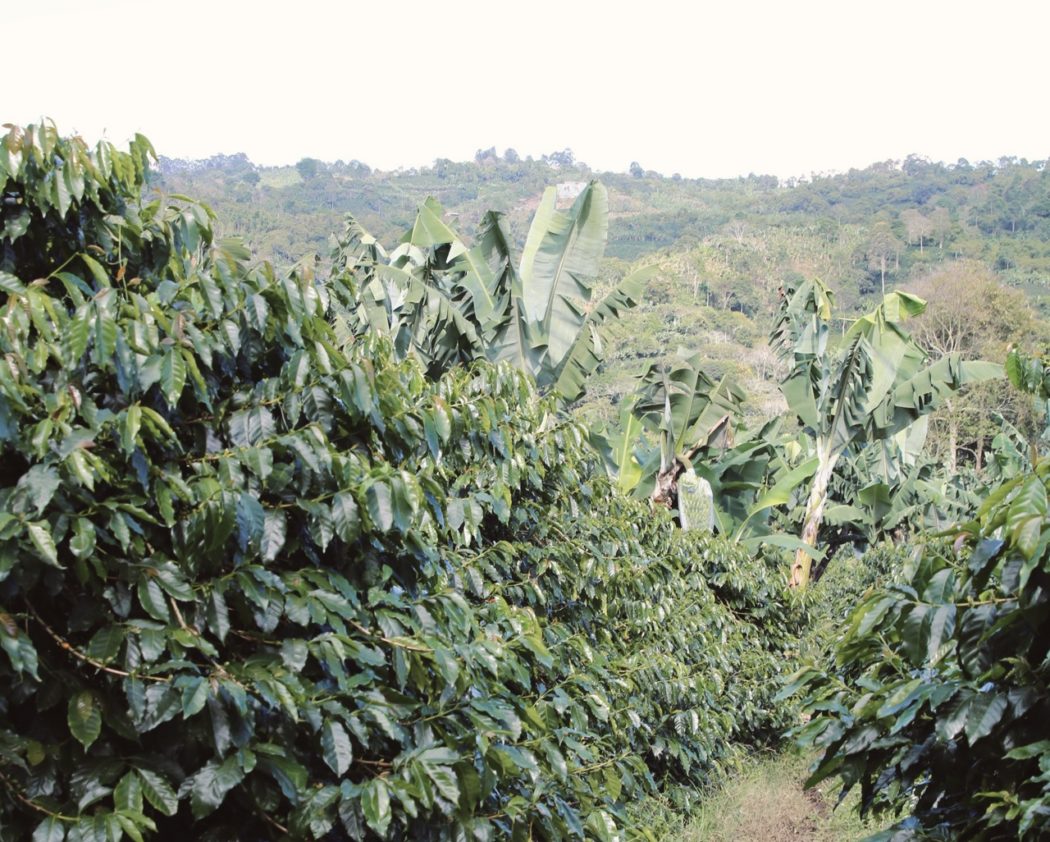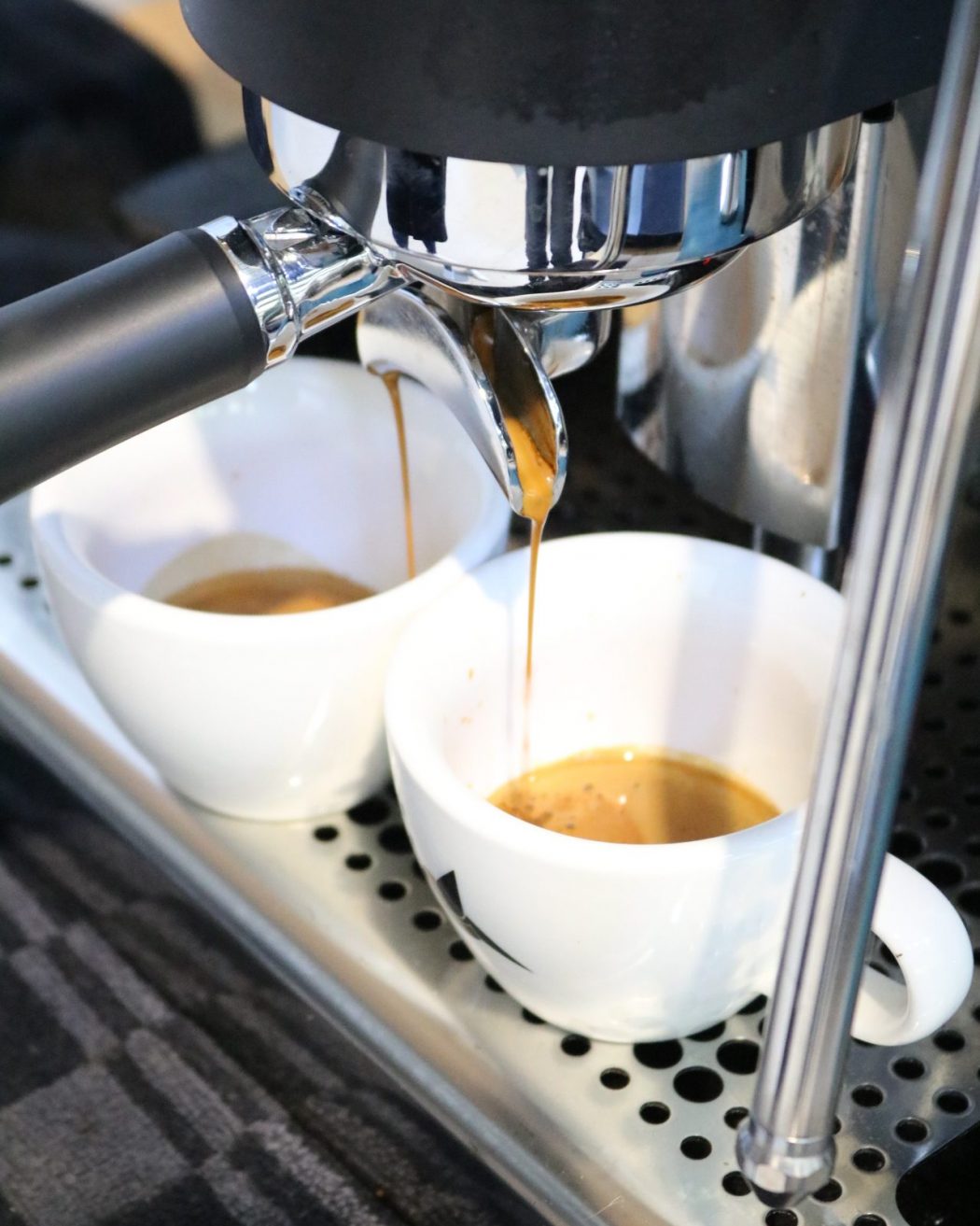
How to choose your next coffee
Are you a coffee lover who struggles with choosing the perfect coffee? You’re not alone! Follow these steps to find your perfect brew.
Usually the information on the labels gives you an impression of what it is, so let’s talk about the information to consider when making a choice.
1) Roasting Level
First, consider your personal preferences regarding roast levels and how you like to brew it, as that will affect the flavour profile of your cup.
Lighter roasts bring out the unique flavours of the beans and terroir, and are perfect for brew methods like Pour Over, Plunger, and Aeropress, while darker roasts offer a more robust flavour, ideal for milk‑based drinks or make it in the moka pot.

lIGHT – MEDIUM – DARK
2) ORIGIN
Next, think about where the beans come from, as each country produces unique flavours and profiles. Are they single origin or blended coffees?
On the Kolibri bags, we tell you the country of origin, the region, the farm where it is grown and even its producer, everything to give you an idea of the possible tastes and its journey to us.
Coffee is only produced in the world’s tropical highlands between the Tropic of Capricorn and Cancer thanks to its microclimates, altitudes, and fertile soils that transfer different characteristics to each cup.

SINGLE ORIGIN OR BLEND COFFEES?
3) NOTES
Just like wine, coffee can have different tasting notes depending on when and where it was grown, its variety, how it was processed or roasted, and even how it was brewed.
The notes are relatable descriptions of what to expect from that coffee ‑ provide a first impression for you. We normally pick the most notable based on its aroma, sweetness, body, acidity and aftertaste.

SWEET – FRUITY – NUTTY / CHOCOLATY – FLORAL – SPICED
4) PROCESSING
Coffee beans are processed in three main ways:
Washed coffee involves removing the outer layer of the cherry before the beans are dried, resulting in a bright, clean flavour.
——
Natural coffee, on the other hand, is dried with the cherry intact, which causes its own fermentation and gives it a fruity flavour.
——
There is also honey‑processed coffee, which is a hybrid of the two methods and involves partially washing the coffee and leaving the mucilage in the beans during drying, creating a molasses that results in a balanced flavour profile with hints of sweetness.

DOES IT HAVE ANY FERMENTATION? OR ANY OTHER SPECIFIC PROCESS?
